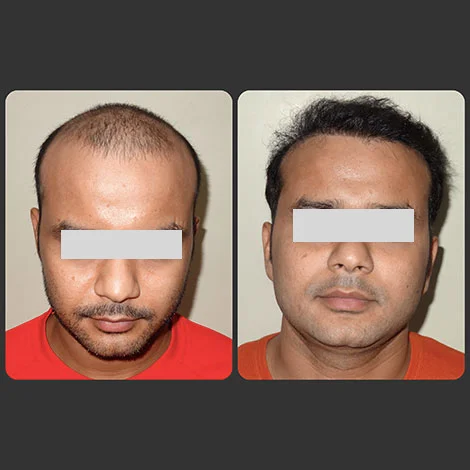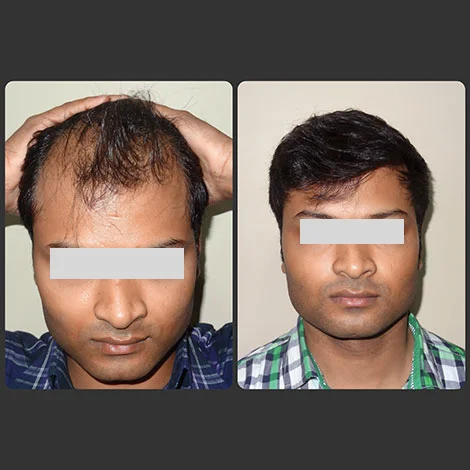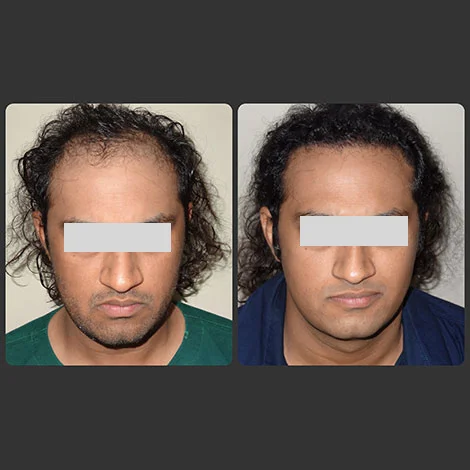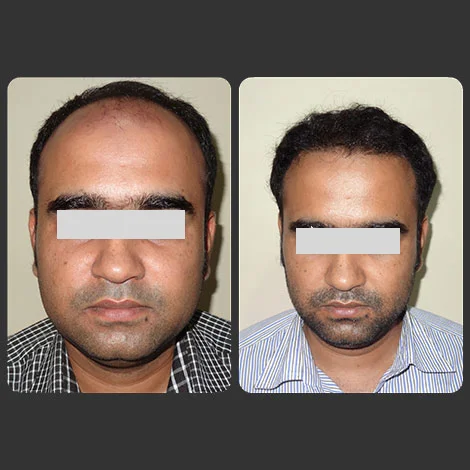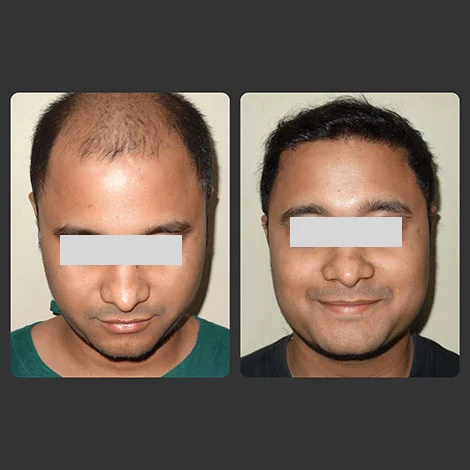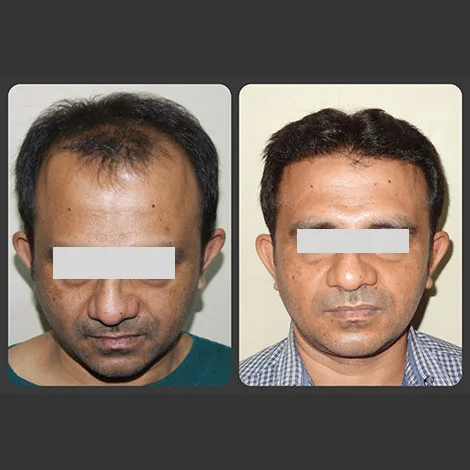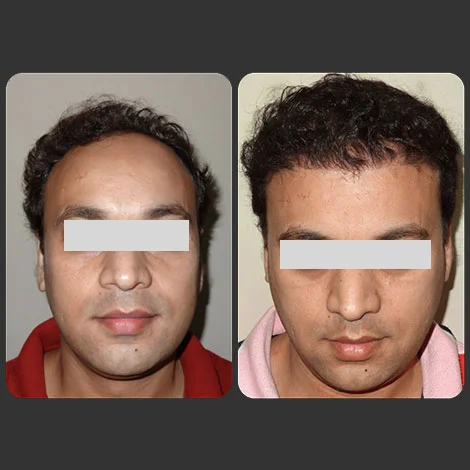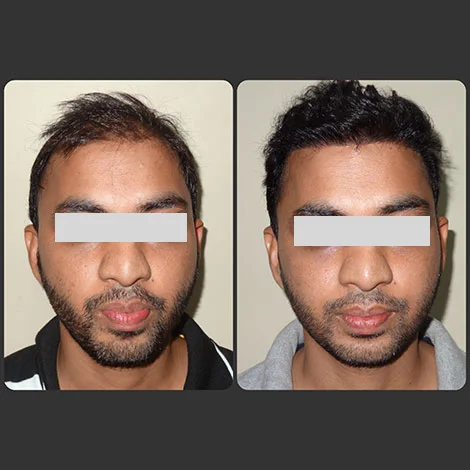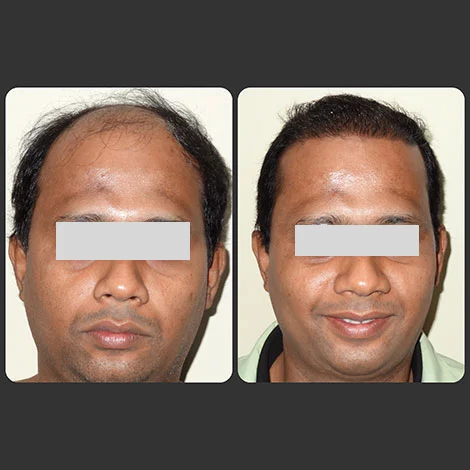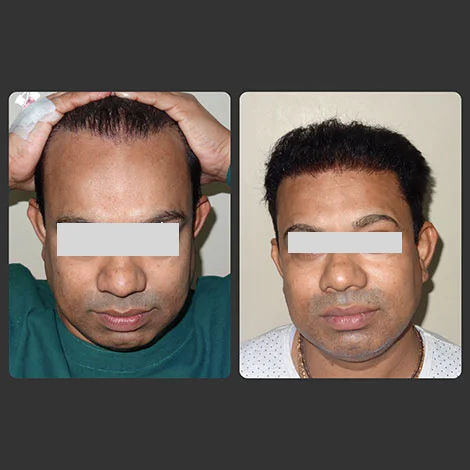Is Follicular Unit Extraction (FUE) Permanent?
FOLLICULAR UNIT EXTRACTION (FUE): FINEST INNOVATIONS IN HAIR TRANSPLANTATION
Follicular Unit Extraction (FUE) is one of the finest innovations in Hair Transplantation techniques yielding positive results for perturbed individuals prone to early balding cases. The treatment is most sought-after, given the intriguing experimentation in the field and its increasing affordability. Notions have been broken down, and the permanence of the hair follicles that have been transplanted has shaped up confident individuals like never before!
The entire concept of hair transplantation has witnessed a significant revolution with the advancement of technology and the ever-growing popularity of procedures like the Follicular Unit Extraction (FUE). This method continues to be one of the modern and non-invasive hair grafting technique that produces natural and realistic-looking results. But a question that still plagues the minds of potential patients is the fact of whether this procedure is permanent or not. Can they wash, cut and style their hair like before, or should they be worried about losing the essence of the rigorous treatment? Let’s delve deeper to know more.
A resounding success story
FUE transplants today are as successful as the other popular method called Follicular Unit Transplantation (FUT). As we may be aware, in FUE, hair follicles are extracted directly from the donor area through thousands of incisions. The surgeon makes tiny perforations in the recipient (balding) area where the live follicles are placed. When an experienced and qualified surgeon performs it, the results obtained look very natural.
Here is an exciting fact-file for all potential patients: the graft survival rates are usually as high as 90%. With the latest advancement in the field, such as Robotic Follicular Unit Extraction (FUE) technology, the procedure’s success rate can also touch a perfect 100%! Of course, there are several pre-surgery as well as post-surgery do’s and don’ts that every patient will have to adhere to in order to enjoy the best results.
Once the procedure is completed, it takes about three months or so before you start seeing the results. As the transplanted sections begin to heal, it is normal for every patient to shed some hair over the first few months. Once fully healed, the newly grafted follicles will start to sprout fresh, healthy hair, which will continue to grow. This new growth will be permanent, and the hair eventually will be of the same texture and length as the rest of it on the scalp. In fact, it can be cut, styled and dyed as per the preference of the patient.
Speeding up the haircare procedure can be followed up by taking corrective measures like consuming hair loss medication to avoid the need for another surgery to cure baldness. The ‘donor dominance’ involved in the FUE treatment reduces the fragility of the new hair that is going to emerge post the treatment. Go ahead with the FUE Hair Transplantation for healthier, happier & a more permanent eradication of the progressive process of hair loss!
Choose PLCSC because the pedigree of the clinic and the surgeon matters!
The success and longevity of Follicular Unit Extraction (FUE) or any other surgical procedure are primarily dependent on the clinic and the experience of the surgeon. PLCSC, headquartered in Kolkata, boasts of a team of experienced and certified surgeons, with the globally-renowned Dr. Maneesh Sonthalia at the helm of affairs. This team of experts has been working tirelessly to stay abreast of research and the latest developments in this sector to gift all its patients a new lease of confidence with a high success rate in hair grafting. Not only is the treatment at this reputed clinic world-class, but it is also very affordable.
Before taking up any case, Dr. Sonthalia and his team of medical experts make sure they provide the patients with a comprehensive insight into the world of transplantation, effective treatment and their impact on their life. This process aims to maximise the rate of success of the surgical procedure and reduce the chances of infections and other side-effects.


